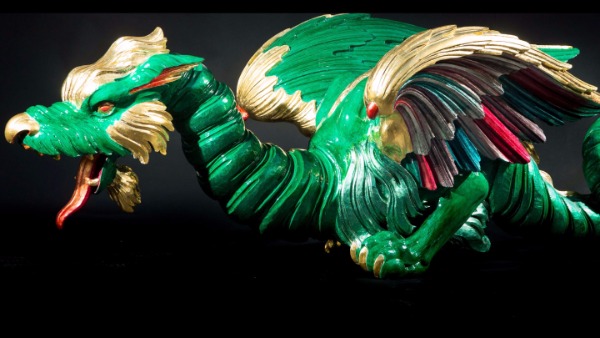A place where beauty takes root
By Earle Gale | China Daily | Updated: 2019-01-03 15:44

The pagoda had been a shadow of it s former self, ever since the 80 carved wooden dragons that originally adorned it rotted and were removed. Now, 230 years after their demise and thanks to a 5 million pound ($6.4 million) investment, they have been re-created in a long-lasting and light synthetic material, and the building, which has pride of place in the World Heritage Site garden, has been repainted and restored in a makeover that should last another 100 years.
Since the work wrapped up in July, visitors to Kew, which is officially called the Royal Botanic Gardens, are again making a beeline for the pagoda. It was the brainchild of William Chambers, who lived in China between 1745 and 1747 and who returned to the United Kingdom greatly impressed by what he saw. When it was finished, the pagoda, which was funded by Princess Augusta, the mother of Britain's King George III, was said to be the most authentic Chinese-style structure in Europe. But it was not the first. Kew also boasted an imagining of Confucius' home, a Chinese-style garden, and a pen full of Chinese pheasants. And there were other China-inspired gardens and buildings elsewhere in the UK.
























